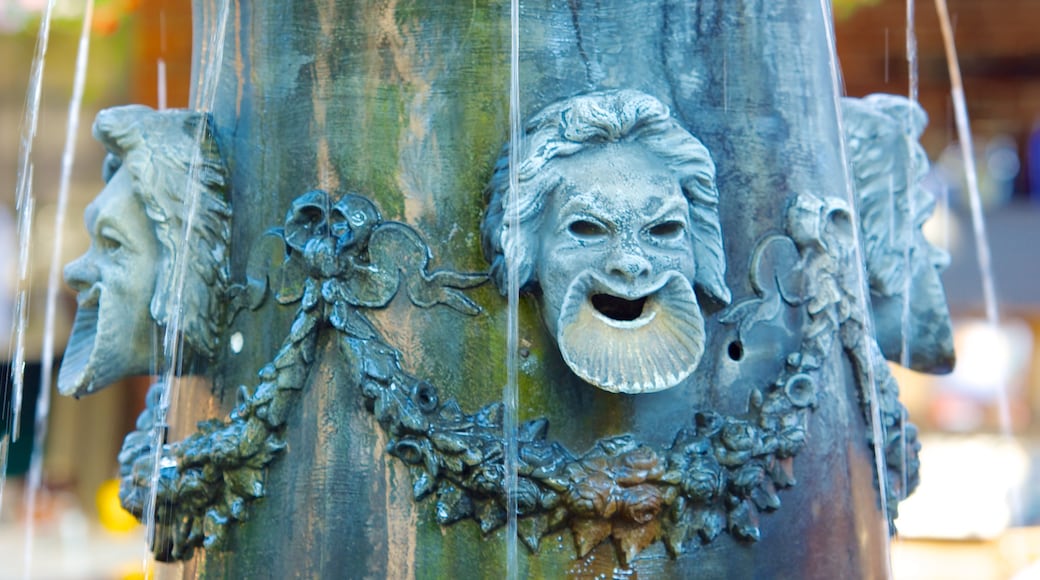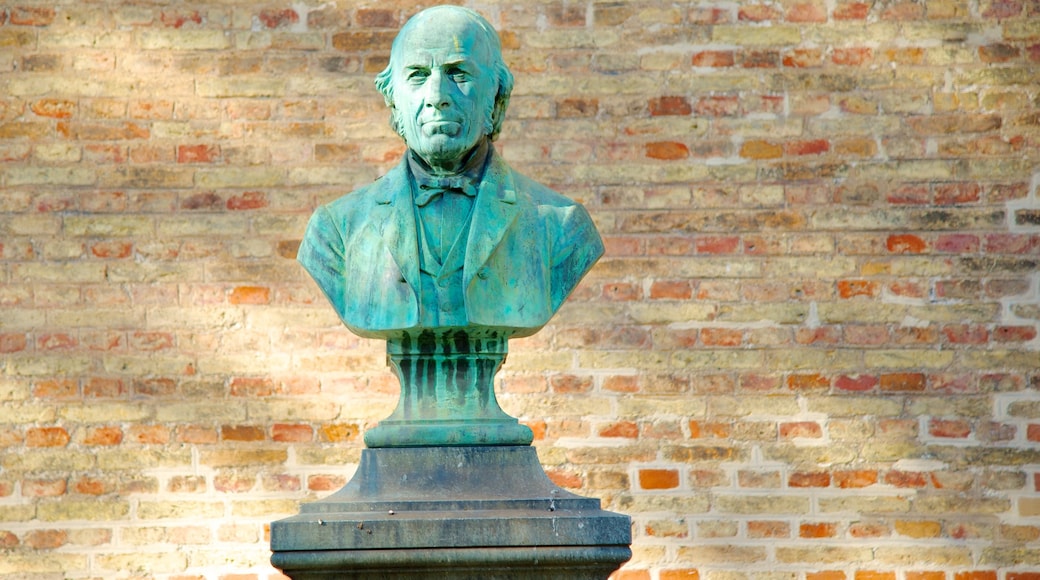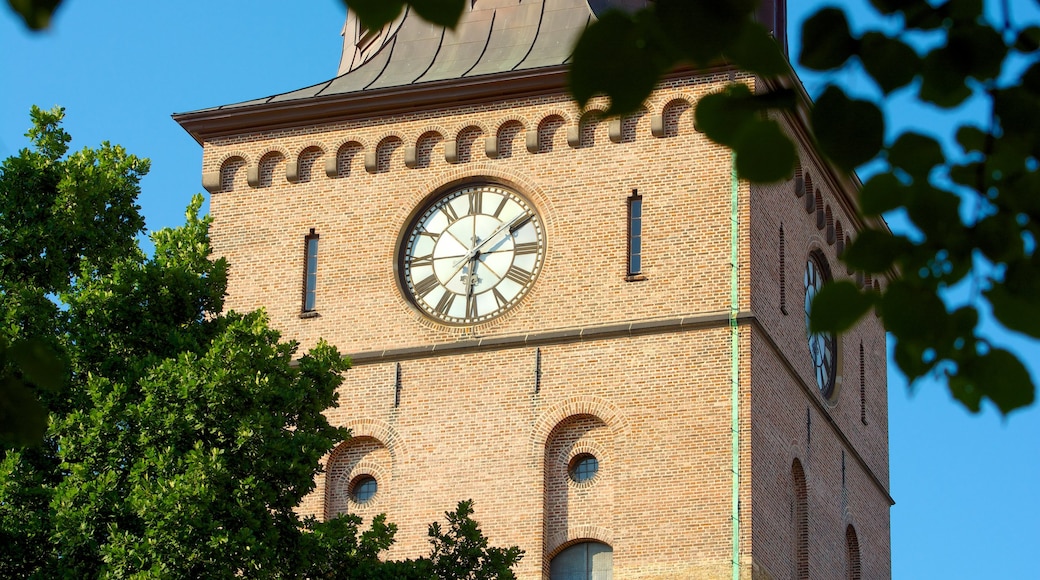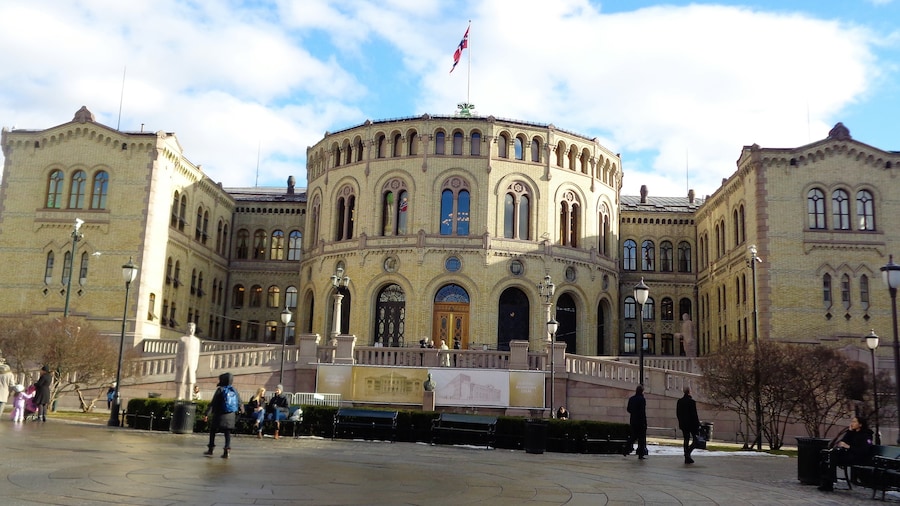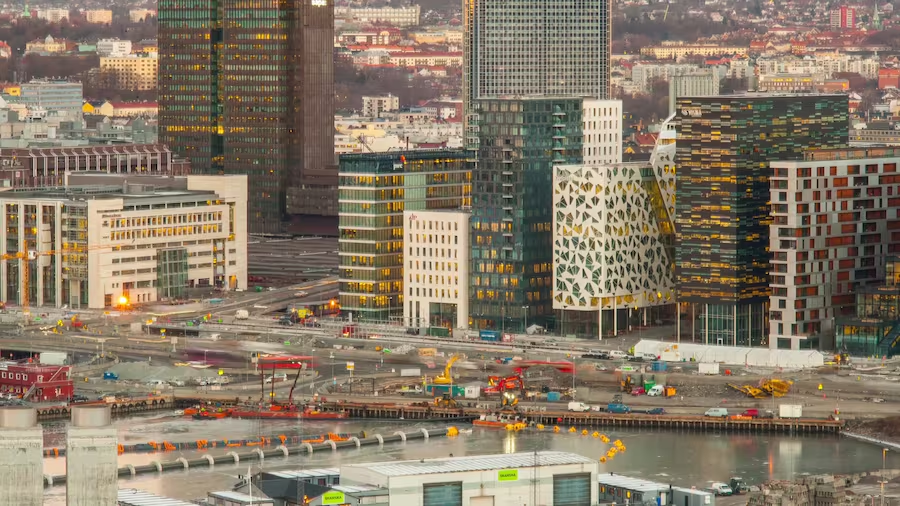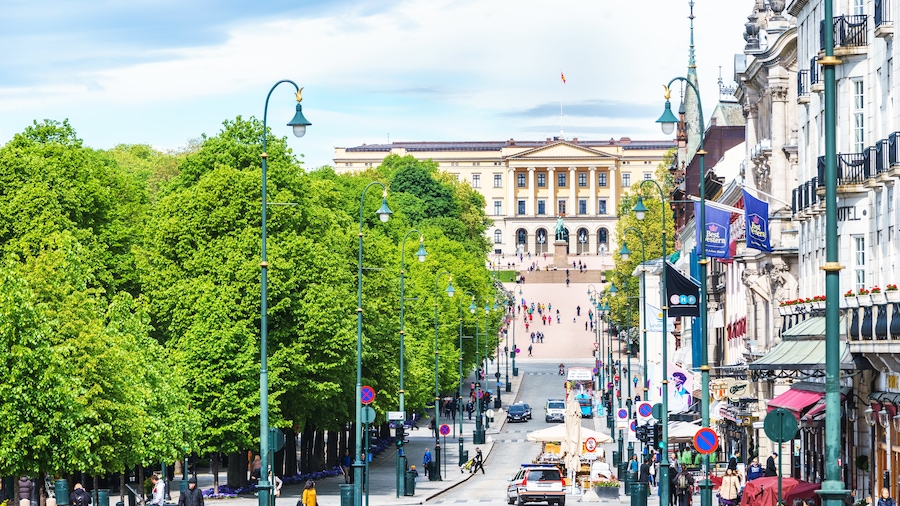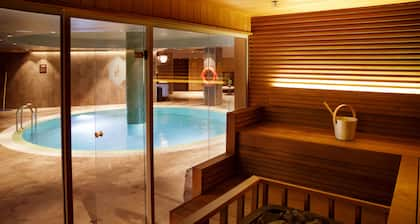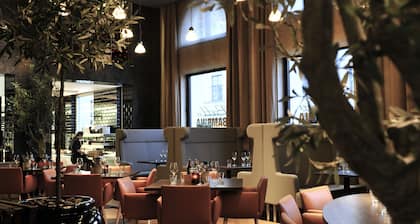Puncak menara Katedral Oslo telah menjadi ciri khas garis langit kota selama lebih dari 150 tahun. Kini, gereja ini terkenal dengan arsitektur dan lukisannya.
Gereja ini dibangun tahun 1697, tetapi menara perunggunya baru ditambahkan pada 1850-an ketika gereja dibangun ulang dalam gaya neo-gotik. Sepanjang sejarahnya, bangunan ini dimodel kembali secara ekstensif sesuai ragam seni pada masanya: dari barok ke neo-gotik, lalu ke gotik, dan kembali lagi ke barok. Gaya-gaya tersebut tercermin pada seni dan arsitektur katedral.
Lihat hiasan altar, peninggalan dari interior barok yang asli. Cermati ukiran kayu Yesus bersama para rasulnya pada salib. Mimbar dan fasad organ utama dirancang dalam gaya serupa dan juga merupakan bagian dari interior yang asli.
Gereja ini terkenal dengan lukisannya, khususnya mural langit-langit yang ekstensif di keempat atap melengkungnya. Mural tersebut mencakup area seluas 16.146 kaki persegi (1.500 meter persegi) dan dilukis antara 1936 dan 1950. Luangkan waktu untuk mengagumi seninya untuk melihat berbagai adegan dari Perjanjian Lama dan Baru tersebut.
Di sakristi, lihat koleksi potret semua uskup Oslo sejak awal abad ke-16. Untuk mengetahui lebih lanjut tentang karya seni dan sejarah katedral, pesan tur terpandu yang berdurasi sekitar 45 menit hingga satu jam. Untuk informasi dan harga, kunjungi situs web katedral.
Jika Anda berada di Oslo selama musim panas, cobalah menghadiri salah satu konser organ yang diadakan di tengah hari setiap Sabtu selama Juli dan Agustus. Tiket tersedia di pintu masuk tak lama sebelum konser dimulai.
Katedral ini terletak di Stortorvet Square, salah satu lapangan utama Oslo, dan mudah dicapai dengan transportasi umum.
Katedral Oslo buka setiap hari untuk pengunjung, dari pagi menjelang siang hingga siang menjelang sore. Di hari Jumat, katedral buka sepanjang malam untuk mereka yang ingin berdoa atau sekedar duduk dalam keheningan. Pengunjung boleh memotret di dalam katedral, asalkan tidak menggunakan lampu kilat. Ongkos masuk gratis.


